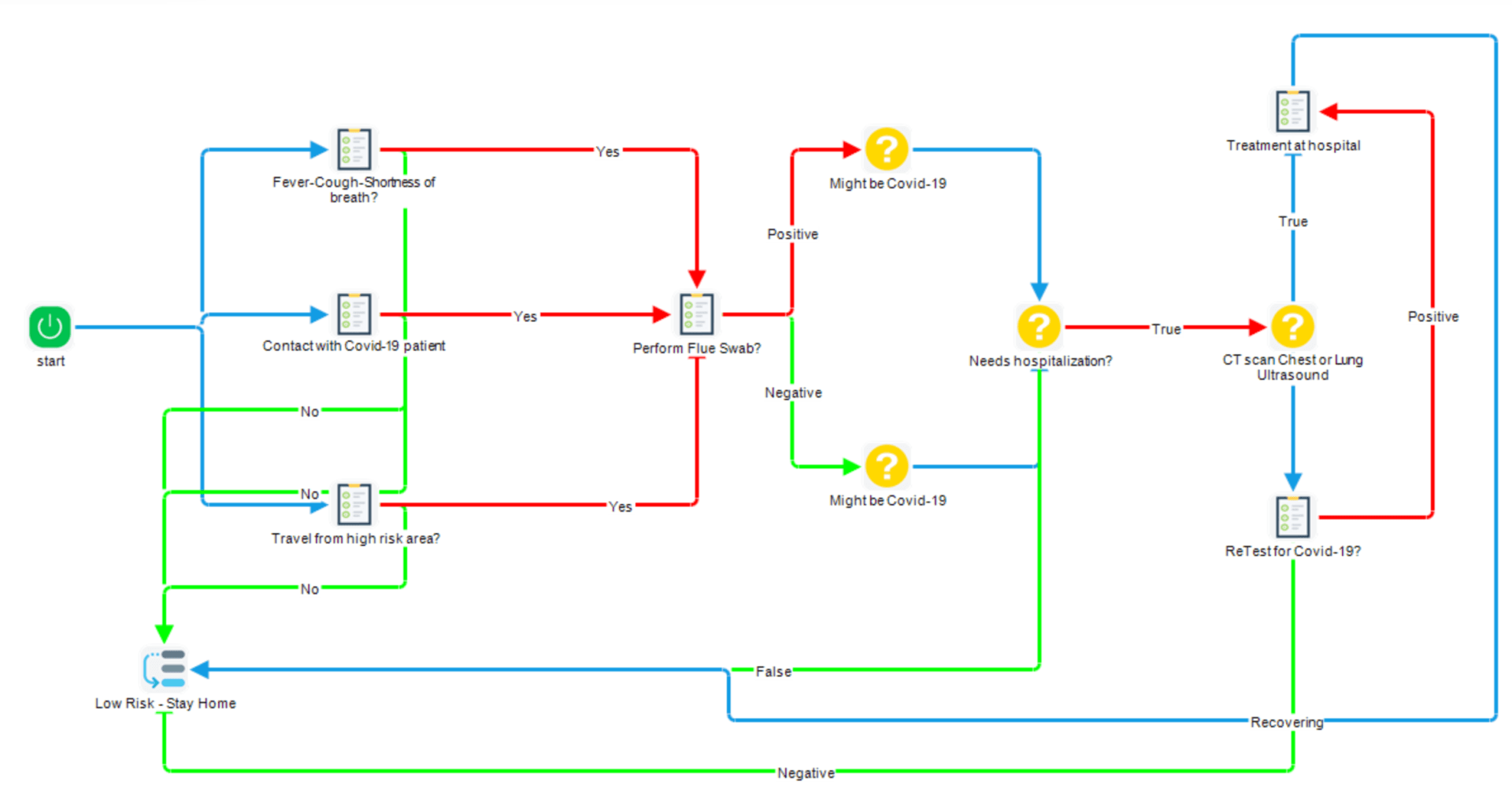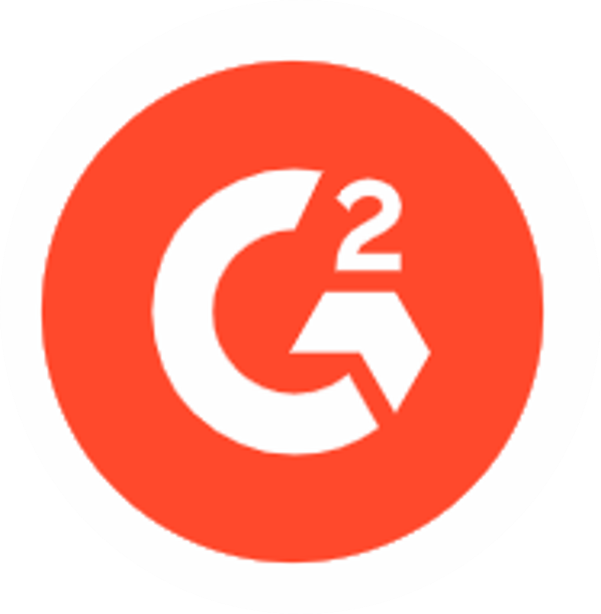Because this pandemic is taxing our medical system beyond what it can handle in some places, workflow automation is an important tool in relieving system stress. Because some hospitals cannot handle the influx of patients currently, electronic systems and automated processes can be deployed to streamline processing and communication. Here are some areas where automation can play an important role:
- Patient tracking: Patient wristbands can be tracked using barcode or RFID readers . In most crowded hospitals, when there are so many sick patients, it's difficult to track patients. But automated workflow with a rules engine can "watch" to see, for example, if a patient is sent to Radiology or the ICU, and then perform tasks such as sending patient status updates to family members through mobile phone notifications using SMS or text messages.
- Patient record routing: Patient records include data from many different systems and different hospital departments. This data is stored in patient record management systems, where patient data is secured and access is controlled. Automated processes can route updated patient data based on patient activity. For example, once radiology completes patient imaging, a patient record can be routed automatically to the patient's PCP and/or specialist for review.
- Notifications: Waiting patients can be notified through mobile messaging about wait time, status, results, and more. Hospitals can significantly improve communication and transparency with patients and their families with workflow automation. Patient movement through the hospital, changes in status, or other criteria can trigger workflows to notify family members of important information. And patients themselves can be notified through text messaging and emails where to go next and what to expect, reducing the burden on hospital staff in providing hands-on guidance and in managing expectations.
Many hospitals use automated systems to manage their processes. These automated systems capture huge amounts of data and this data can be used to calculate wait times and track average procedure times.
Our healthcare workers are the heroes fighting COVID 19 on the frontlines and workflow automation can greatly ease their burden and help optimize use of limited resources while delivering optimal treatment and patient experience.
Our deepest sincere appreciation for our healthcare workers! Stay healthy everyone!








